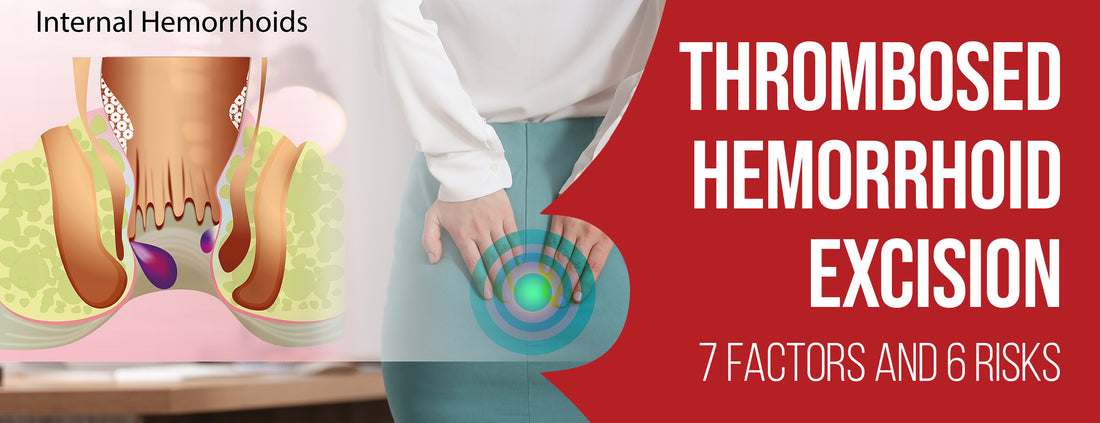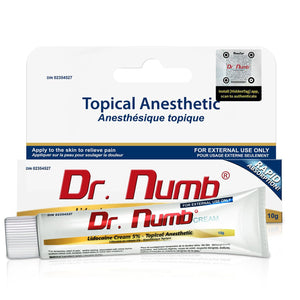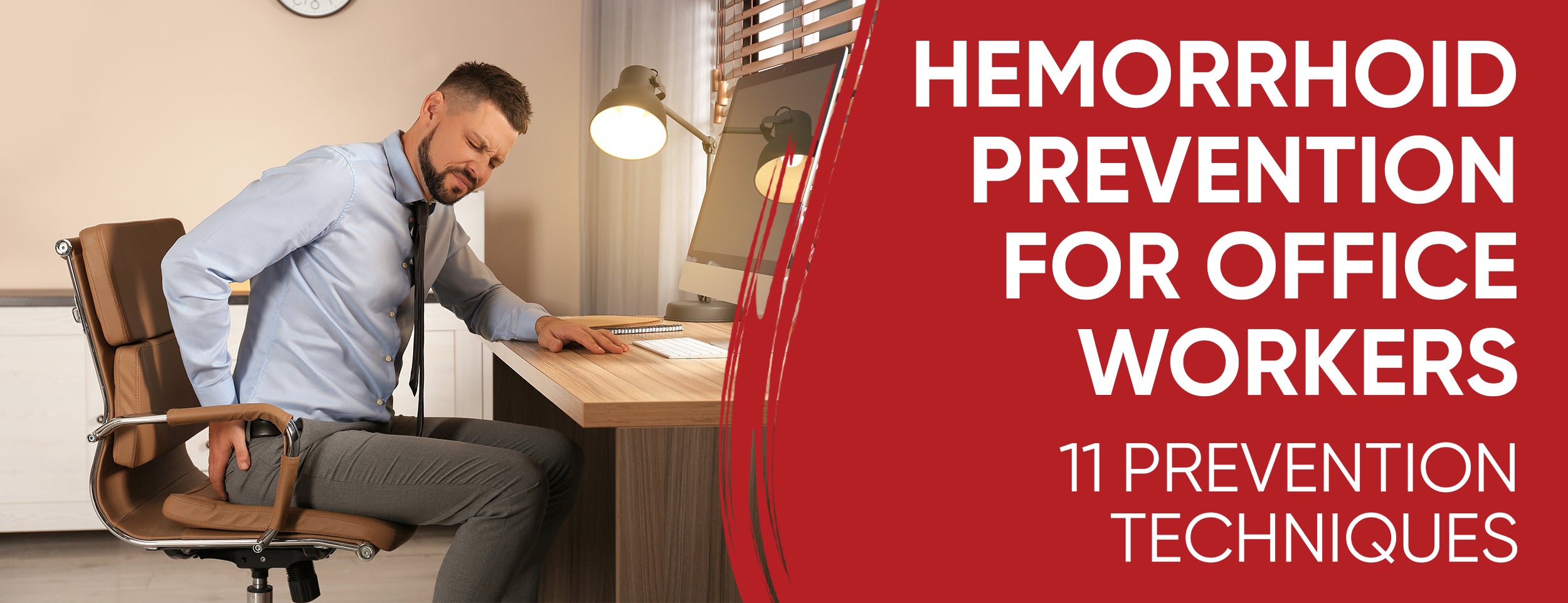In hemorrhoidal veins, blood clots cause dangerous thromboses, which obstruct blood flow and result in painful swelling of the anal tissues. If they become ulcerated, they can thrombose and cause rectal bleeding.
A small incision is made at the location of the blood clot to release the trapped blood. This procedure is called a thrombectomy, which takes only a few minutes to complete.
No anesthesia is required for this procedure. It is essential to note that a thrombectomy can only be performed within the first three days after the appearance of a thrombosed hemorrhoid.
This blog post will explore thrombosed hemorrhoid excision, its benefits, factors to consider before thrombosed hemorrhoid excision, and hemorrhoid excision risks.
Thrombosed Hemorrhoid Excision: 7 Factors to Consider Before

Thrombosed hemorrhoids refer to external hemorrhoids that have developed a blood clot, causing severe pain and discomfort. Where conservative treatments fail, thrombosed hemorrhoid excision may be recommended. Before proceeding with the procedure, several essential factors must be considered to ensure the best possible outcomes for the patient.
Consultation With a Healthcare Provider
Patients with thrombosed hemorrhoids should consult a healthcare provider for an evaluation and hemorrhoidectomy recommendation. The healthcare provider can determine the best treatment plan after examining your medical history, conducting a document hemorrhoids on a physical exam, and performing diagnostic tests.
The severity of Symptoms
Your symptoms' severity is one of the most important factors to consider. Symptoms that are mild to moderate may be treated with non-surgical treatments such as topical creams and ointments, which may be more appropriate. Only when your symptoms are severe and negatively affecting your quality of life should you consider surgical intervention.
A palpable, painful lump at the anal opening, along with persistent bleeding during bowel movements and irritation around the anus, are indicative symptoms of burst hemorrhoids.
Overall Health
Your overall health is another critical consideration. If you have underlying medical conditions such as heart disease, diabetes, or obesity, you may be at increased risk for surgical complications. Before undergoing surgery, ensure that your healthcare provider is aware of any prior medical history and current health concerns.

Surgical Risks
All surgical procedures carry risks, and thrombosed hemorrhoid excision is no exception. Potential risks include bleeding, infection, and damage to surrounding tissue. Your surgeon should discuss these risks with you and address any concerns you may have before the procedure.
Recovery Time
Thrombosed hemorrhoid excision is typically an outpatient procedure, but thrombectomy recovery time can vary. You should discuss what to expect during recovery with your surgeon and plan accordingly. You may need to take time off work or adjust your daily routine during this time.
Cost
The cost of thrombosed hemorrhoid excision depends on several factors, including your insurance coverage and the complexity of the procedure. It is essential to discuss the cost of the system with your healthcare provider and your insurance company before undergoing surgery.
6 Benefits Excision For Thrombosed Hemorrhoids

A thrombosed hemorrhoid excision can offer a range of benefits that can quickly relieve your symptoms and help you recover faster. Here are some benefits of thrombosed hemorrhoid excision:
Quick Relief
A thrombosed hemorrhoid excision is a surgical procedure that removes the blood clot from the hemorrhoid. This relieves the pressure and reduces the pain. The process is quick, and most patients experience significant relief immediately after.
High Success Rate
Thrombosed hemorrhoid excision has a high success rate. According to studies, over 90% of patients experience improved symptoms after hemorrhoid removal surgery.
Minimal Recovery Time
The healing time for a thrombosed hemorrhoid excision is minimal. The majority of patients have no problem returning to their normal routine within a few days. However, avoiding heavy lifting or strenuous activity for a few weeks after the surgery is essential.
Low Risk of Complications
Thrombosed hemorrhoid excision is a safe procedure with a low risk of complications. Infection, bleeding, and scarring are rare.
Improved Quality of Life
A thrombosed hemorrhoid excision can significantly improve your quality of life. The relief from the pain and discomfort can enhance your mood, sleep, and overall well-being.

Long-Lasting Results
Thrombosed hemorrhoid excision provides long-lasting results. Most patients experience permanent relief from their symptoms after the surgery.
Hemorrhoids can cause serious complications, such as thrombosis and strangulation. Prolonged sitting, constipation, and obesity are the causes of thrombosed hemorrhoids. Thrombosed hemorrhoid excision is a standard surgical procedure that involves removing swollen and painful hemorrhoids. It is a safe procedure, but like any other surgery, it carries certain risks.
Bleeding
One of the most common risks of thrombosed hemorrhoid excision is bleeding. Although it is expected to experience some bleeding with the procedure, excessive bleeding is a cause for concern. If the bleeding persists for over a day, you should immediately consult your doctor.
Infection
Infection is another potential risk of thrombosed hemorrhoid excision. Surgical sites can become infected if good hygiene practices are not followed. Signs of infection include fever, chills, and swelling. Infected thrombosed external hemorrhoids typically appear as painful dark bluish lumps near the anal canal. Contact your physician if you experience any of the following symptoms after the procedure.
Scarring
The surgical removal of external hemorrhoids can cause scarring. Although it is usually not a cause for concern, some patients may experience discomfort or itching because of the scarring. This can be managed with topical creams or ointments prescribed by your doctor.
Fecal Incontinence
A thrombosed hemorrhoid excision can cause fecal incontinence, which is a rare side effect of thrombosed hemorrhoid excision. This can happen if the surgery damages the anal sphincter muscles. Inform your physician immediately if you experience bowel control issues after the procedure.
Urine Retention

Urine retention, or the inability to urinate after the procedure, is another risk. This can be because of anesthesia or swelling around the bladder. If you cannot urinate after the process, contact your doctor immediately.
Allergic Reactions
It is possible for some patients to experience an allergic reaction while under anesthesia. If you have a history of allergies, inform your doctor beforehand to avoid complications.

Thrombosed Hemorrhoid Excision Procedure
A thrombosed excision procedure may be the lasting solution! The area is numbed with a local anesthetic, a small incision is made, and the hemorrhoid is excised. More complex cases may require general anesthesia. Pain medication and sitz baths can help patients heal.
Before the Procedure
- The patient is required to fast for at least six hours before the process.
- The patient is checked for any allergies to medications and anesthesia.
- The patient is given a preoperative enema to cleanse the rectum and lower colon.
During the Procedure
- The patient is placed in a lithotomy position, lying on their back with their legs raised and supported by stirrups.
- An area of the surgical site is anesthetized using local anesthesia.
- An incision is made around the thrombosed hemorrhoid to remove the clot and excise the hemorrhoid.
- Hemostasis is then achieved through electrocautery or suture ligation, depending on the surgeon's preference.
- Sterile gauze is applied in the surgical area, and a dressing is applied.
Postoperative Care
- The patient is monitored for any signs of bleeding or infection.
- Pain medication is given as prescribed to control pain.
- The patient is given instructions on caring for the wound, including sitz baths and keeping the area clean.
- The patient is encouraged to increase their fluid and fiber intake to prevent constipation, which can worsen hemorrhoids.
- Avoid engaging in biking activities during this period to mitigate the likelihood of injury or mishap.
- Follow-up appointments are made to monitor healing and address any concerns or complications.
Alternatives to Thrombosed Hemorrhoid Excision
Hemorrhoids that have thrombosed can cause significant pain and discomfort for patients, often leading to medical attention. Hemorrhoids that have had their blood supply cut off are called strangulated. Thrombosed hemorrhoids are commonly expelled via surgery, but alternatives are available. These alternatives include:

Topical medications
Over-the-counter ointments and creams can ease thrombosed hemorrhoids' discomfort. The area may be numb and inflamed with witch hazel, hydrocortisone, or lidocaine.
Rubber Band Ligation
Hemorrhoids shrink when a small rubber band is wrapped around their base, cutting off their blood supply. This method of rubber band legation is effective for treating thrombosed strangulated hemorrhoids.
Infrared Coagulation
This procedure uses heat to induce clotting and shrink the hemorrhoid tissue. In an outpatient setting, it is a nonsurgical option.
Hemorrhoidectomy with Wound Closure
This procedure removes the hemorrhoid tissue, similar to thrombosed hemorrhoid excision. After the tissue is removed, the wound is stitched shut, resulting in less pain and faster healing than excision.
There is no guarantee that these alternative treatment options will be suitable or effective for all cases of thrombosed hemorrhoids. Healthcare providers should be consulted when determining the most appropriate treatment for a patient.
Conclusion
Thrombosed Hemorrhoid Excision may sound scary, but it could be your saving grace if you have hemorrhoids. If you are experiencing symptoms of hemorrhoids, talk to your doctor about your options.
While many treatment options are available, Thrombosed Hemorrhoid Excision can provide quick relief. A healthy lifestyle and good hygiene habits can help prevent and reduce hemorrhoids.















![Healing thrombosed hemorrhoid naturally & medically [with home care tips]](http://drnumb.ca/cdn/shop/articles/Healing_Thrombosed_Hemorrhoid_11_Natural_Remedies_Full_Covered.jpg?v=1715323330)



